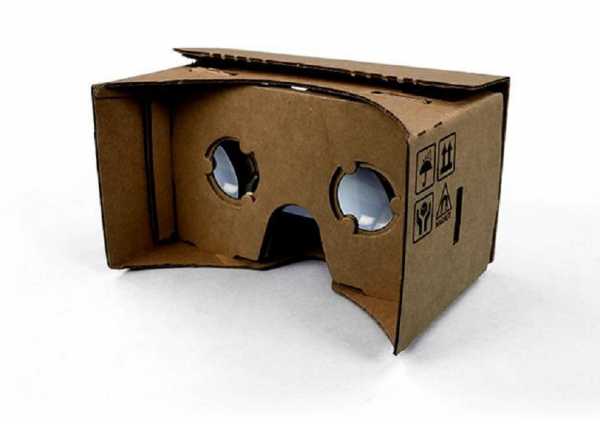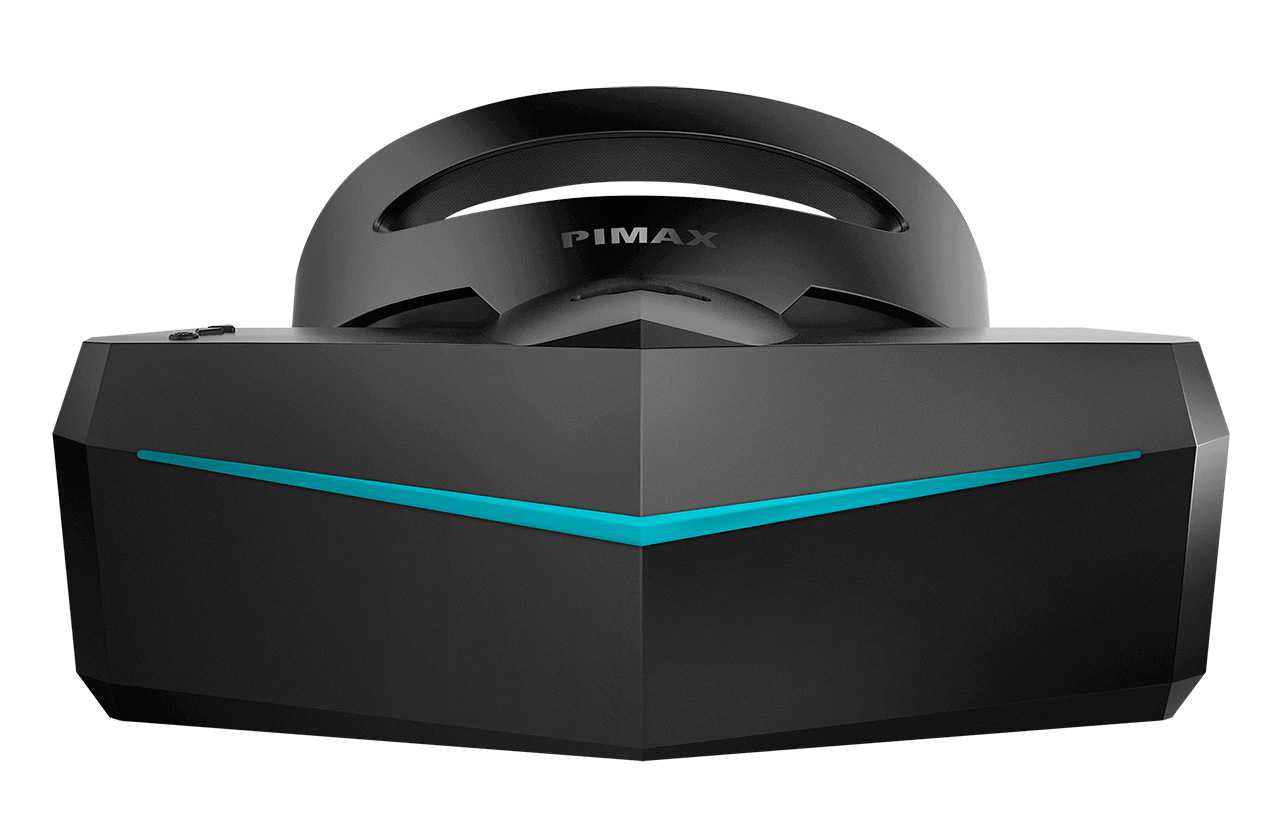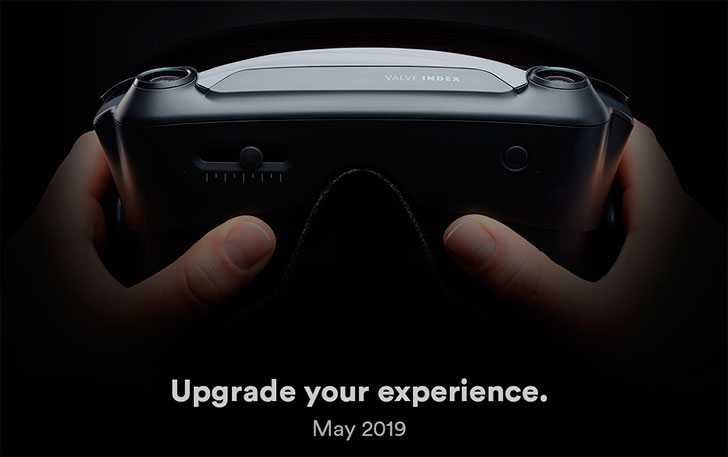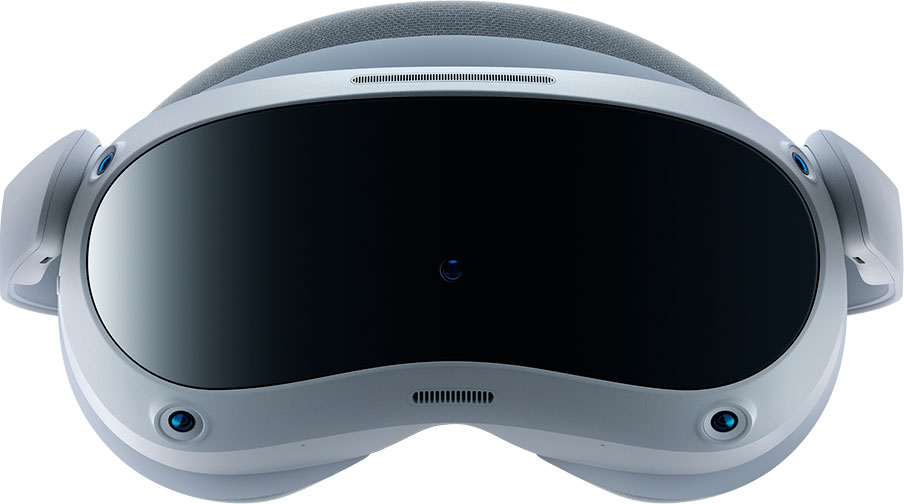En un articulo en UploadVR el director de ingeniería de Tango en Google afirma que ya casi tienen resuelto el posicionamiento inside-out mediante Tango, pero que todavía es demasiado grande y se calienta mucho, que en cosa de 2-3 años lo habrán reducido en tamaño, consumo y disipación de calor.
“We’ve solved it here,” Lee said, gesturing at a Tango-powered, Lenovo Phab 2 Pro smartphone. “As you can see [inside-out positional tracking] clearly works on this phone…We’ve even had people strap a tablet sized device with Tango built in into a custom VR headset and the positional tracking worked just as well as it does here…The only thing really holding us back right now are the thermals. Right now, phones just get way too hot if we ask them to run positional tracking and split-screen stereoscopic image at 90 fps…As Daydream matures and Tango continues to improve, the sophistication around tracking will also evolve over the next 2-3 years.“
El problema que veo aquí es que intentan hacer un único dispositivo que sirva para todo, como smartphone y como HMD de Realidad Virtual.
El caso es que otras compañías se están saltando esto y van a mostrar HMD con tracking inside-out antes de finales de año como Intel y Qualcomm, por no hablar de que Microsoft ya lo tiene en funcionamiento en las Hololens.













